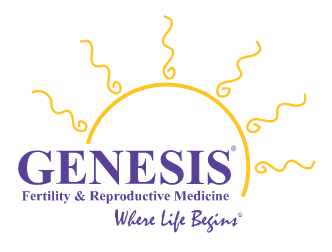Blastocyst Culture and Transfer
Blastocyst embryo transfer helps to improve pregnancy rates, as well as reduce the incidence of multiple births. It accomplishes this by growing embryos to a more advanced stage, very similar to the stage in nature when embryos implant in the uterus. Fewer embryos need to be transferred, typically only one or two , which minimizes multiple births. Pregnancy rates are improved because only embryos that have survived to the blastocyst stage of development are transferred and by assessing which embryos develop into the best quality blastocysts, the embryos with the highest ability to implant and theoretically establish a healthy pregnancy can be identified.
Reducing multiple births has multifaceted beneficial consequences by reducing high risk pregnancies, premature births, developmental delays in the children, and the high costs of delivering and raising multiples, to name a few of the positive effects.
There are certain patients for whom blastocyst transfer might be beneficial; this includes younger patients who produce many eggs and embryos, patients who make a lot of embryos but with repeatedly failed IVF cycles, and patients at risk for a multifetal gestation who would not or could not consider fetal reduction. By the same token, there are patients for whom extended culture would probably not be beneficial. Patients who produce very few or poor-quality embryos are not good candidates for this methodology because extended culture may not result in blastocyst formation and may unnecessarily compromise embryo development. In this case, embryo selection and transfer can be made at an earlier stage. Older patients (40 years and older) also tend not be good candidates, given the observations from many labs of a negative correlation between blastocyst formation and maternal age. The bottom line is that extended culture does not make good embryos out of bad ones it simply allows for a better way to select which embryos are chosen for transfer.
Blastocyst embryo transfer helps to improve pregnancy rates, as well as reduce the incidence of multiple births. It accomplishes this by growing embryos to a more advanced stage, very similar to the stage in nature when embryos implant in the uterus. Fewer embryos need to be transferred, typically only two or three, which minimizes multiple births. Pregnancy rates are improved because only embryos that have survived to the blastocyst stage of development are transferred.
Reducing multiple births has multifaceted beneficial consequences by reducing high risk pregnancies, premature births, developmental delays in the children, and the high costs of delivering and raising multiples, to name a few of the positive effects.
There are certain patients for whom it might be beneficial; this includes younger patients who produce many eggs and embryos, patients who make a lot of embryos but with repeatedly failed IVF cycles, and patients at risk for a multifetal gestation who would not or could not consider fetal reduction. By the same token, there are patients for whom extended culture would probably not be beneficial. Patients who produce very few or poor-looking embryos are not good candidates for this methodology because they may end up with no blastocysts formed and therefore not have a transfer at all. Older patients (40 years and older) also tend not be good candidates, given the observations from many labs of a negative correlation between blastocyst formation and maternal age. The bottom line is that extended culture does not make good embryos out of bad ones.


